Why Truck Advertising Remains a Popular OOH Strategy
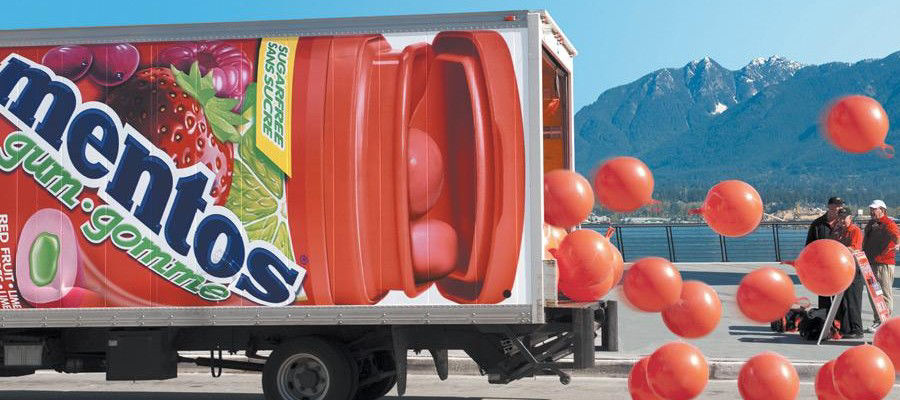

Why Truck Advertising Remains a Popular OOH Strategy
It's no secret that the world of marketing and advertising has evolved over the years. Today, advertising on trucks is becoming increasingly popular as the trucking industry also grows. Proving to be effective with costs and reaching larger markets, truck advertising seems to be here for the long haul.
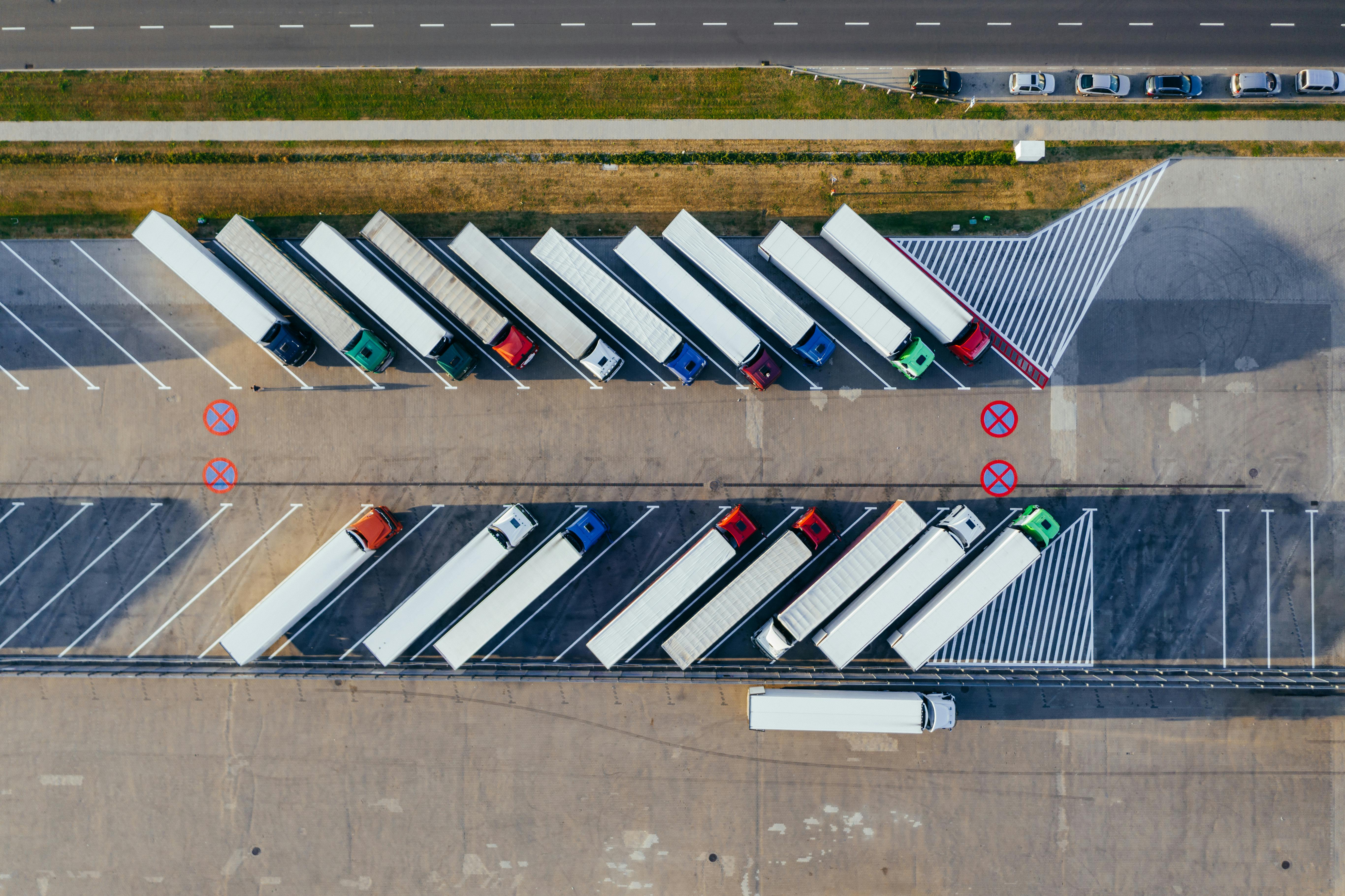
Out-of-home (OOH) advertising got its start in the 1790s, when a method of printing using oil and water called lithography was invented. Early marketers realized that this process allowed them to replicate a single design countless times, and with fewer materials. This proved to be less costly than the traditional methods of engraving and press printing, so this became the primary means of mass-producing images and posters at the time.
And with the advent of motor vehicles in the 1920s, huge roadside posters, we now know as billboards, rose to popularity. It didn’t take long before advertisers saw potential in putting billboards and posters on the motor vehicle themselves, boosting ad viewership even further.
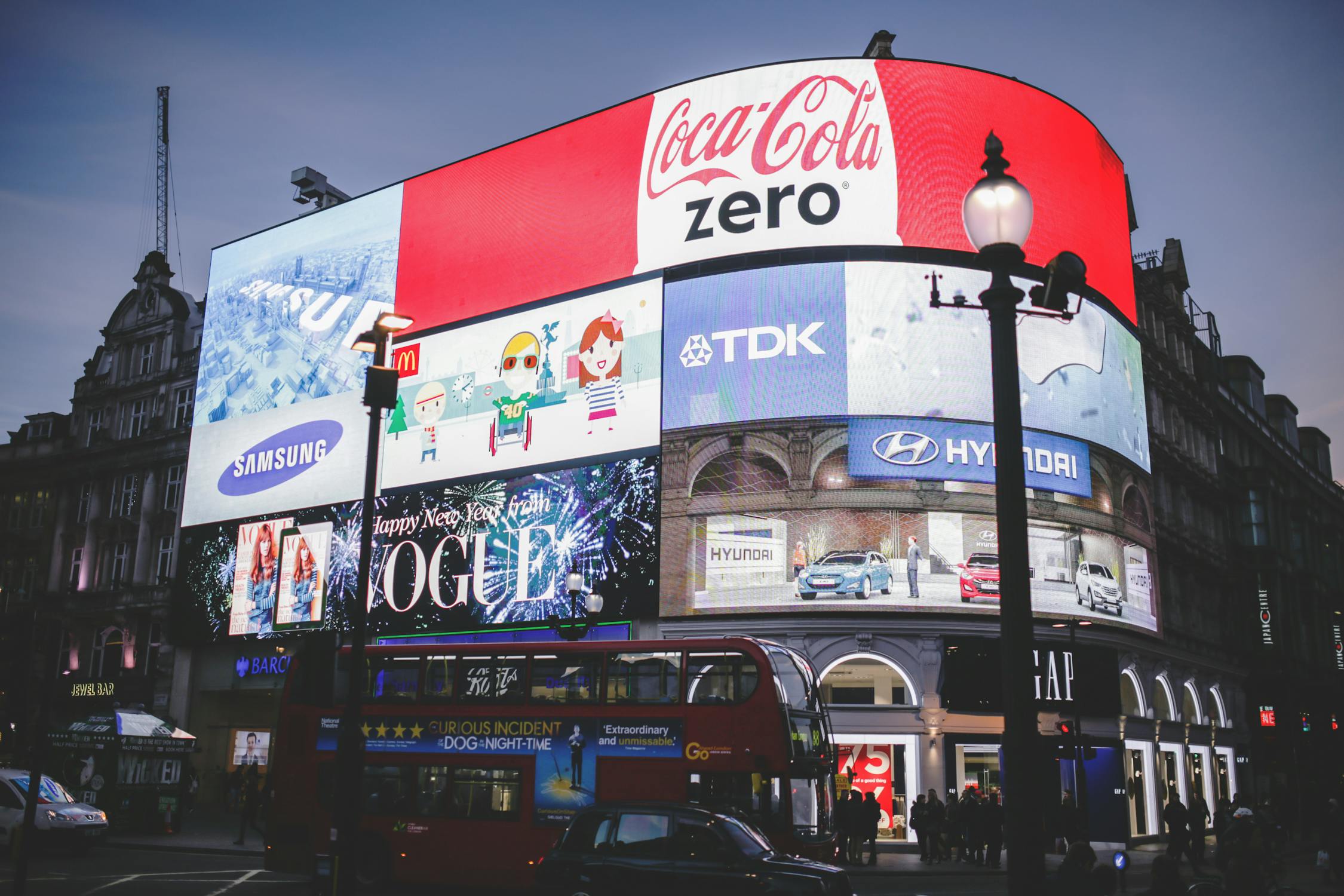
The road ahead for truck advertising
With the rapid development of technology and the steady rise of the truckload industry in the U.S.—valued at $193 billion in 2020—the reach of OOH truck advertising still looks strong. Brands are becoming more innovative with the truck advertisements, too, with technology allowing videos to be played on the back of trucks.
OOH today
Many marketing departments are focusing on SEO and content marketing to build brand awareness these days. But that hasn’t hampered the growth of OOH, as the sector has experienced close to an 11 percent compound annual growth rate over the past five years. This makes OOH strategies important components of any marketing campaign. In fact, a lot of major businesses like Coca-Cola and Ford, as well as higher-education institutions, like The University of Melbourne and Indiana University, have continued to rely on traditional marketing strategies. One reason for this is the wide reach of OOH, as when strategically placed it can reach many more people than more targeted digital ads. The University of Melbourne used interactive OOH to promote the city, while Indiana University used OOH to welcome international students. Even though top online universities teach today’s graduates enrolled in bachelors in marketing programs about the latest trends, such as interactive and digital advertising, they don’t fail to overlook the merits of traditional campaigns like OOH to promote their own services.
The modern marketer is skilled in traditional, digital, and interactive marketing alike. They’re also trained to be versatile marketers, capable of a 360-degree marketing campaign, with digital marketing supplementing extensive OOH strategies, with truck advertising being one of the major initiatives.

The benefits of truck advertising
It’s more cost-effective than a stationary billboard. Placing advertisements on trucks is considerably a lot cheaper than several traditional marketing outlets like newspaper placements and TV and radio commercials.
Moving advertisements are more memorable. A study by APN Outdoor shows that a moving ad has a 45 percent increase in peak exposure compared to stationary advertisements, meaning that this leads to a higher level of engagement in brain activity. This in turn leads to better memory retention—increasing brand recall and recognition.
Big ads are hard to miss. Size could very well be king when it comes to advertising. A message that’s more than 10 feet high and 22 feet wide won’t be hard to spot on the road—especially when it’s visually captivating.
You can go where your market is. Unlike roadside billboards and posters, you can take truck ads virtually anywhere the road takes you. Whether you’re targeting a wide audience spanning cities or states, or you’re going hyper-local, a truck makes it convenient for you to do both.
Several brands have taken advantage of these benefits and have created memorable truck advertising campaigns over the years. One example is Chico Roofing Company and Solar Works, featured in our previous article, where we got to see how the brand creatively showcased their services through a creative vehicle wrap. Another great example of elevating the medium is Mentos’ multimedia truck ad campaign which involved balloons coming out of the truck end to mimic the brightly colored candy.

Advertising trends may change very rapidly, especially with the rise of technology, but you can rely on truck advertising being a mainstay.
Specially written for COMVOY.com
By: Reisa Jence
Published on: February 09, 2021 Best Gifts for Truck Drivers and Truck Owners (2025 Guide)
Best Gifts for Truck Drivers and Truck Owners (2025 Guide) 2026 Commercial Trucks and Vans: What’s New from Ford, GM, and Ram
2026 Commercial Trucks and Vans: What’s New from Ford, GM, and Ram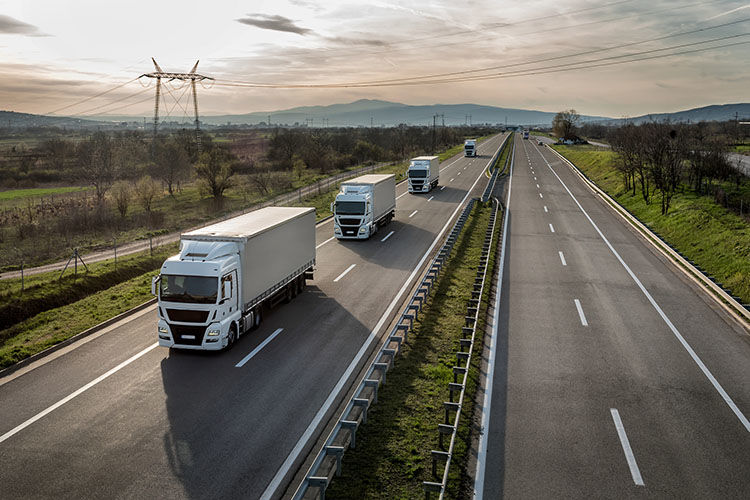 Trump's 25% Trucking Tariffs: The Devil is in the Details
Trump's 25% Trucking Tariffs: The Devil is in the Details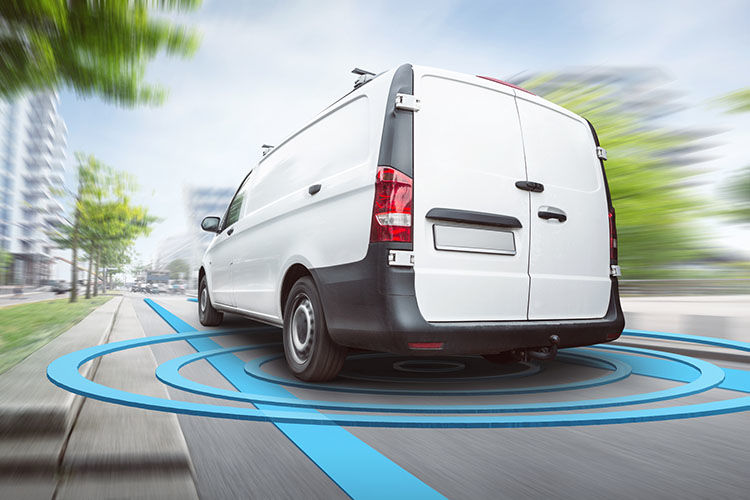 What Commercial Fleets Need to Know About ADAS Before Their Next Vehicle Purchase
What Commercial Fleets Need to Know About ADAS Before Their Next Vehicle Purchase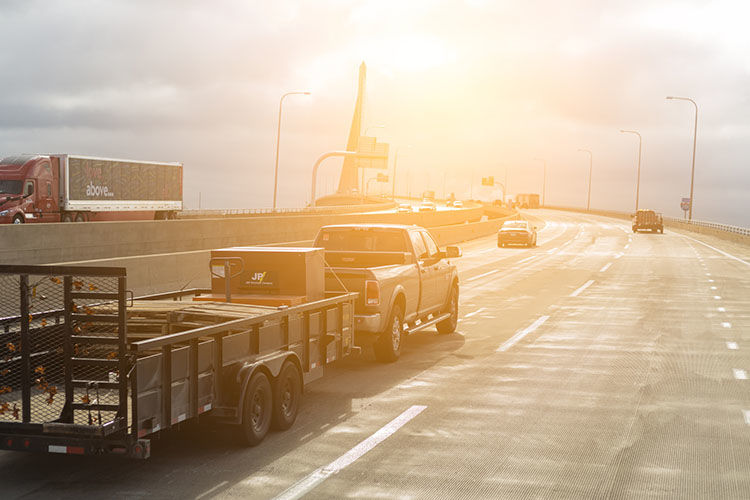 Summer Fleet Maintenance: How to Protect Commercial Vehicles from Extreme Heat
Summer Fleet Maintenance: How to Protect Commercial Vehicles from Extreme Heat







